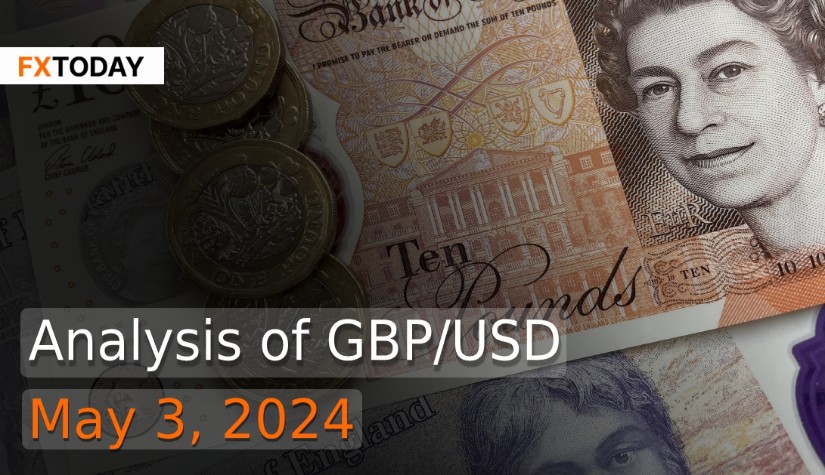Definition of Stochastic RSI
Implementing Stochastic RSI in Trading
The utilization of Stochastic RSI in trading is divided into two key strategies:
1. Leveraging Stochastic RSI to Detect Overbought/Oversold Situations
Stochastic RSI serves as an indicator to identify short-term Overbought/Oversold situations. It provides signs when buying and selling activities reach an extreme, potentially resulting in trend reversals and prospective price swings. This data allows traders to identify the best entry and exit points with increased effectiveness. The criteria for Overbought/Oversold situations are:
- StochRSI > 0.80 signals an Overbought situation
- StochRSI < 0.20 represents an Oversold situation
When using the Overbought/Oversold method, traders should always consider the overall trend and align their trades accordingly. If the significant trend is bearish, selling should be the main focus. On the other hand, buying should be a priority if the trend is bullish.
However, it's recommended to supplement Stochastic RSI with additional analysis tools to boost accuracy.
Example of Utilizing Stochastic RSI to Detect Overbought/Oversold Situations
The chart above demonstrates a positive trend as the 10-day moving average line moves above the 60-day moving average line. This suggests a buying focus for traders. One can notice that when StochRSI enters the Oversold range during an uptrend, the recovery tends to compare the StochRSI decline from the Overbought level during the same uptrend.
2. Employing Stochastic RSI for Trend Scrutiny
Conclusion
Fundamentally, the Stochastic RSI operates as an oscillator indicator designed to investigate the price momentum pattern. There are two primary roles include identifying Overbought and Oversold situations and conducting trend analysis.
Nonetheless, the Stochastic RSI comes with its own set of limitations. Consequently, blending its application with Price Action or alternate indicators becomes vital to ensure the most productive technical analysis.
















